Start
How To Use This Guide
The Delft Design Guide presents design methods and approaches that can be useful to you as a designer, both during your time as a student and as a practitioner. We hope you will use the guide as a source and reference. It will help you to gradually build a rich repertoire of ways to approach the design of products and services.
Staging Design Activity
Designing is a complex activity that can take many forms. Therefore, staging your project in an appropriate and timely manner is a prerequisite for developing successful design outcomes. Staging is about planning and preparing for doing the right things, before you start to do those things right. It is sometimes also about rethinking the things you are doing during your project when unexpected things happen.
Reasoning In Design
The Reasoning in Design model is a generic representation of how designers reason when designing. The model is primarily based on the design of tangible products. The model helps you to be aware of and reflect on the different levels of your reasoning.
Basic Design Cycle
The Basic Design Cycle is a model that represents the trial-and-error process of design. It consists of a sequence of empirical cycles. The knowledge of both the problem and the solution increases with each cycle.
Product Innovation Process - 1
The Product Innovation Process model created by Roozenburg and Eekels describes how product design is embedded in the overall product innovation process. The model helps you to plan and manage your project and to keep an overview while designing.
Product Innovation Process - 2
The Product Innovation Process model developed by Buijs describes the overall product innovation process with an emphasis on the fuzzy front end. The model can help you to plan for and manage innovation and to keep an overview while innovating.
Creative Problem Solving
Creative Problem Solving (CPS) is a structured approach for generating novel and useful solutions to problems. The approach helps you redefine your design problems, come up with breakthrough ideas and then act on these new ideas.
Vision in Product Design (VIP)
Vision in Product Design is an approach that supports innovators of any kind to ‘design’ the vision underlying their design or intervention, for example, its reason ‘why’ or ‘raison d’être’.
Design for Emotion
Design for Emotion is an approach that enables you to take the intended emotional impact as the leading principle in the design process.
Brand Driven Innovation
Brand Driven Innovation supports innovation processes by combining three factors: the central focus of an organisation: vision, what the organisation wants to achieve: ambition, and its possibilities: resources and capabilities. The brand as an overarching concept helps you to combine user/client-centredness: outside- in thinking with organisation-centredness: inside-out thinking.
Service Design
Service Design stresses a long-term view. Under this perspective, the design process does not have to end with the sale of a mass-produced, physical object. It may involve designing longer-lasting interactions between provider and consumer, possibly supported with IT, intangible components and services provided by people.
Cradle-to-Cradle
Cradle-to-Cradle is a sustainable design approach. Based on nature-inspired concepts and design principles, this strategy challenges you to develop high-quality products that are ‘eco-effective’ instead of eco-efficient. This means that the approach promotes the development of truly sustainable products, as opposed to products that merely have a reduced environmental impact.
Base of the Pyramid (BOP) &Emerging Markets
Designing for Base of the Pyramid means designing products and product service systems for the world’s less fortunate people. Often these people live in nations with emerging markets characterised by rapidly growing production and consumption.
Contextmapping
Contextmapping is a user-centred design approach that involves the user as the ‘expert on his or her experience’. By providing the user with generative tools, he or she can express personal experiences in which a product or a service plays a role.
Cultural Probes
Cultural Probes is a technique for learning about intended users in a purely inspirational way based on their self-documentation. Intended users are provided with generative packages – that is, probes – which help them to record daily life experiences.
User Observations
User Observation helps you to study what your intended users do in a specific situation. Observations enable you to understand phenomena, influential variables or other elementary interrelations in ‘real life’.
INTERVIEWS
Interviews are face-to-face consultations that can be useful for understanding consumer perceptions, opinions, motivation and behaviour concerning products or services, or to gather information from experts in the field.
Focus Groups
A Focus Group is a group in which several topics concerning a specific product or issue are discussed. Focus Groups often consist of people from the target group of the product or service that is being developed.
QUESTIONNAIRES
Questionnaires are research tools consisting of a series of questions and other prompts intended for gathering information from respondents.
Customer Journey
Customer Journey Mapping helps you to gain insight into all the stages a customer goes through while experiencing the use of a product or service. It covers the emotions, goals, interactions and barriers customers experience at each stage.
Mind Map
A Mind Map is a graphical representation of ideas and aspects organised around a central theme, showing how these aspects are related to each other.
Strategy Wheel
A Strategy Wheel is a visual representation and a quick tool to review a company’s strengths. The Strategy Wheel represents the company’s competencies and the scores.
Trend Analysis
Trend Analysis methods help you to identify and analyse customer needs and business opportunities in order to develop business strategies, design visions and new product ideas.
Function Analysis
Function Analysis is a method for analysing and developing the function structure of an existing product or new product concept. It helps you to describe the intended functions of the product and relate them to its parts and ‘organs’. A good analysis can help you find and explore new possibilities to embody certain functions in a product or product concept.
EcoDesign Strategy Wheel
The EcoDesign Strategy Wheel, also called Lifecycle Design strategies (LiDs), helps you to select and communicate strategies to minimise the environmental impact of your product designs.
EcoDesign Checklist
The EcoDesign Checklist is a list of questions that supports the analysis of a product’s impact on the environment. It provides relevant questions that enable you to identify the environmental bottlenecks during the product life cycle.
Process Tree
A Process Tree is a schematic diagram of the activities that a product encounters during its life cycle. The method helps you to focus on the whole product life cycle when developing criteria for product development.
Fast Track Life Cycle Analysis
A Life Cycle Analysis (LCA) is a method to determine the total eco-burden of a product over its entire life cycle. Fast Track LCA can be carried out when there is a limited amount of time.
Human Power
The Human Power method helps you to analyse and decide whether human power is a feasible power source for your design.
SWOT Analysis
SWOT Analysis is a method that helps you to systematically analyse the strategic position of a company’s business and to develop a strategic marketing plan. Such a plan can help you to determine directions for product development.
Search Areas
The Search Areas method helps you to find business opportunities for developing new product ideas. The method supports a synthesising process that is typically based on insights from a SWOT analysis.
Ansoff Growth Matrix
The Ansoff Matrix is a strategic marketing tool that specifies four alternative strategies for corporate growth based on different product-market combinations. Its basic premise is that a company’s attempts to grow depend on whether it markets new or existing products in new or existing markets. is one of the key objectives of companies. From a designer’s standpoint, the Ansoff Matrix can be best viewed as a means of goal setting. This is because the design, development and marketing of a company’s new products are guided by the overall growth strategy of the company and these activities need to be carried out in the light of the risks associated with the predetermined growth strategy.
Miles and Snow Business Strategies
The Miles and Snow framework is a decision tool that identifies four generic ways in which companies can successfully adapt to, and compete in, an uncertain external environment. It is one of the most widely used typologies of competitive strategy.
Porter Competative Strategies
The Competitive Strategies framework helps companies to characterise their Competitive Strategy and define guidelines for achieving competitive advantage. Porter proposed three Competitive Strategies: focus, differentiation and cost leadership.
VRIO Analysis
VRIO Analysis is a useful method for determining the competitive potential of an organisation’s resources and capabilities, that is, WHAT IT HAS and WHAT IT CAN DO. It helps you to identify which of these resources and capabilities the organisation excels at, thereby setting it apart from competitors.
Porter Five Forces
Porter Five Forces is a framework for assessing the attractiveness (profitability) of an industry and, subsequently, deciding how the company you work for should position itself and compete in that industry.
Value Curve
Value Curves are visual representations of what consumers think about products or brands. In that they are very similar to Perceptual Maps. They help managers assess how consumers view their products or brands in relation to those of competitors.
Collage
A Collage is a visual representation of the context, user group or product category. It helps you to develop visual design criteria and to communicate these criteria to your stakeholders.
Personas
Personas are archetypal representations of intended users, describing and visualising their behaviour, values and needs. Personas help you to be aware of and communicate these real-life behaviours, values and needs in your design work.
Storyboard
A Storyboard is a visual representation of a story or narrative about your design in its context of use over time. A Storyboard helps you to understand your intended users or user groups, context, product use and timing.
Written Scenario
A Written Scenario tells a story about your intended users in a specific situation. Depending on your aim, the story depicts either existing product-user interactions or possible interactions in a future situation. scenario to ensure that it accurately represents the real world or that they agree on the intended world you propose in your scenario. Use Written Scenarios when designing in order to ensure that all participants understand and agree on the design parameters, and to specify exactly what interactions the system must support.
Problem Definition
Designing is often referred to as problem solving. Before you start solving anything, you need to be sure that you are working on the right problem. Finding and defining the real problem is a significant step towards a solution. example, a potential car buyer’s real problem concerns transportation, not the fact that he does not own a car. So instead of owning a car, the use of a car can be a solution as well. This kind of thinking has led to a concept like car sharing, where a service replaces the product.
List of Requirements
A List of Requirements states the important characteristics that your design must meet in order to be successful. A List of Requirements describes concretely all of your design objectives and can be used to select the most promising ideas and design proposal(s) or combinations of proposals.
Business Model Canvas
The Business Model Canvas is a comprehensive visual tool to discuss business ideas. It enables you to evaluate business ideas in an early stage and on a conceptual level. It can also support the analysis of the existing business you are in and identify strong and weak spots, threats and opportunities.
Marketing Model or 4Ps
The Marketing Mix is a combination of four instruments – Product, Price, Place and Promotion – with which a product manager or strategic product designer can influence a marketing strategy.
Fish Trap Model
The Fish Trap Model helps you in generating and developing material concepts that determine the geometrical form of your design. It prescribes a process of converging, diverging and categorising, metaphorically referring to a ‘fish trap’ for ‘catching a final solution’.
Analogies & Metaphores
You can use Analogies and Metaphors to find inspiration for new solutions derived from a mapping process between inspirational sources and a target domain, which is the problem to be solved.
SYNECTICS
Synectics is a comprehensive method to facilitate creative problem solving using analogies and joining together different and apparently irrelevant elements. It typically helps you to generate a limited set of preliminary yet surprisingly high-quality ideas.
Brainstorm
Brainstorming can be useful during each phase of the design process, but especially when starting up the generation of ideas after defining the design problem and the first set of design requirements. Brainstorming is based on the principle of the avoidance of premature criticism. That is why during a Brainstorm, the list of requirements can be temporarily ‘forgotten’. On the other hand a Brainstorm can be dedicated to one requirement: for example, ‘how can we make our product more energy efficient?’
Brainwriting and Brain Drawing
In these alternatives to the Brainstorm method, participants write or draw their ideas on a sheet of paper. They pass the papers to each other several times so that they can all build upon each other’s ideas. Like in Brainstorming, it is assumed that quantity leads to quality.
Morphological Chart
The Morphological Chart helps you to generate principal solutions in an analytical and systematic way. It is based on the deconstruction of the overall function of a product into sub-functions.
Scamper
SCAMPER is a creativity method that can help with creating ideas through the application of seven heuristics: Substitute, Combine, Adapt, Modify, Put to another use, Eliminate and Reverse.
WWWWWH: WHO, WHAT, WHERE, WHEN, WHY, AND HOW
WWWWWH (Who, What, Where, When, Why, How) is a checklist of the most important questions to be asked to analyse your design problem, which means obtaining a thorough understanding of the problem, its stakeholders and the facts and values involved.
Interaction Prototyping and Evaluation
Interaction Prototyping and Evaluation is a method that helps you to simulate and test how people will experience future interactions with your design. It helps you to evaluate concepts at an early stage of development, facilitating quick learning cycles during concept development.
How Tos
How-Tos are problem statements written in the form of questions that support idea generation. How-To questions reflect the different life phases and stakeholders of a product-to-be.
Product Usability Evaluation
Product Usability Evaluation serves to validate product usability, enabling you to understand the quality of your designs (ideas or concepts) in actual use conditions. You can modify your design on the basis of the outcomes.
Product Concept Evaluation
Product Concept Evaluation helps you to understand how intended users or other stakeholders value your concept design. This will enable you to determine which aspects should be optimised. You can then make a go/no-go decision or select concepts (concept screening).
Product Emotion Measurement (PREMO)
The Product Emotion Measurement Instrument (PrEmo), is a non-verbal self-report instrument that measures users’ emotional responses to products.
Harris Profile
A Harris Profile is a graphic representation of the strengths and weaknesses of design concepts with respect to predefined design requirements. It is used to evaluate design concepts and facilitate decisions on which concepts to continue with in a design process.
EVR Decision Matrix
EVR refers to Eco-costs-Value Ratio. The EVR Decision Matrix is a decision tool to select the most promising sustainable solution from a number of design alternatives on the basis of the eco-costs and the expected market value of the product. EVR is a fast method to discuss and select the most promising designs.
C-Box
A C-Box is a matrix that helps you categorise and evaluate large numbers of ideas. The ideas are mapped based on innovativeness and feasibility.
Itemised Response and PMI
The Itemised Response Method is a simple means of judging ideas quickly and intuitively. With PMI, which means ‘Plus-Minus-Interesting’, you can evaluate early design ideas in a systematic way.
Datum Method
The Datum Method enables you to evaluate design alternatives using design criteria. One design is randomly chosen to be the ‘datum’; it represents by definition a neutral performance on each criterion. You evaluate each criterion to determine if your design alternatives are less effective, the same or better than the datum.
Value
vALUe stands for: Advantage, Limitation, Unique Elements. This method is used to evaluate a large set of early design ideas in a quick and systematic way. method, the decision maker has to decide what to do next: look for more ideas, or make a decision as to which ideas will be developed into concepts.
Weighted Objectives
The Weighted Objectives Method is an evaluation method for comparing design concepts based on the overall value of each design concept.
Cost Price Estimation
The Weighted Objectives Method is an evaluation method for comparing design concepts based on the overall value of each design concept.
Role Playing
Role-playing is a form of simulation that helps you to develop and determine the interaction between your design and its intended users.
DESIGN DRAWING
Design Drawing by hand is a versatile and powerful tool for both design exploration and communication. It is an integral part of the decision-making process, used in the early stages of design, in brainstorm sessions, in the phase of researching and exploring concepts and in presentation.
Technical Documentation (TECDOC)
Technical Documentation is the unambiguous recording of designs, using standards-compliant digital 3D models and technical drawings. The 3D-model data can also be used to simulate and control manufacturing processes and the assembly of products or parts (components). Rendering techniques or animations can be applied for presentation purposes.
Three-Dimensional Models
Technical Documentation is the unambiguous recording of designs, using standards-compliant digital 3D models and technical drawings. The 3D-model data can also be used to simulate and control manufacturing processes and the assembly of products or parts (components). Rendering techniques or animations can be applied for presentation purposes.
Video Visualisation
Video Visualisation enables you to visualise future experiences or scenarios that show how a new design concept could potentially be used in or affect people’s lives.
REFERENCES & FURTHER READING
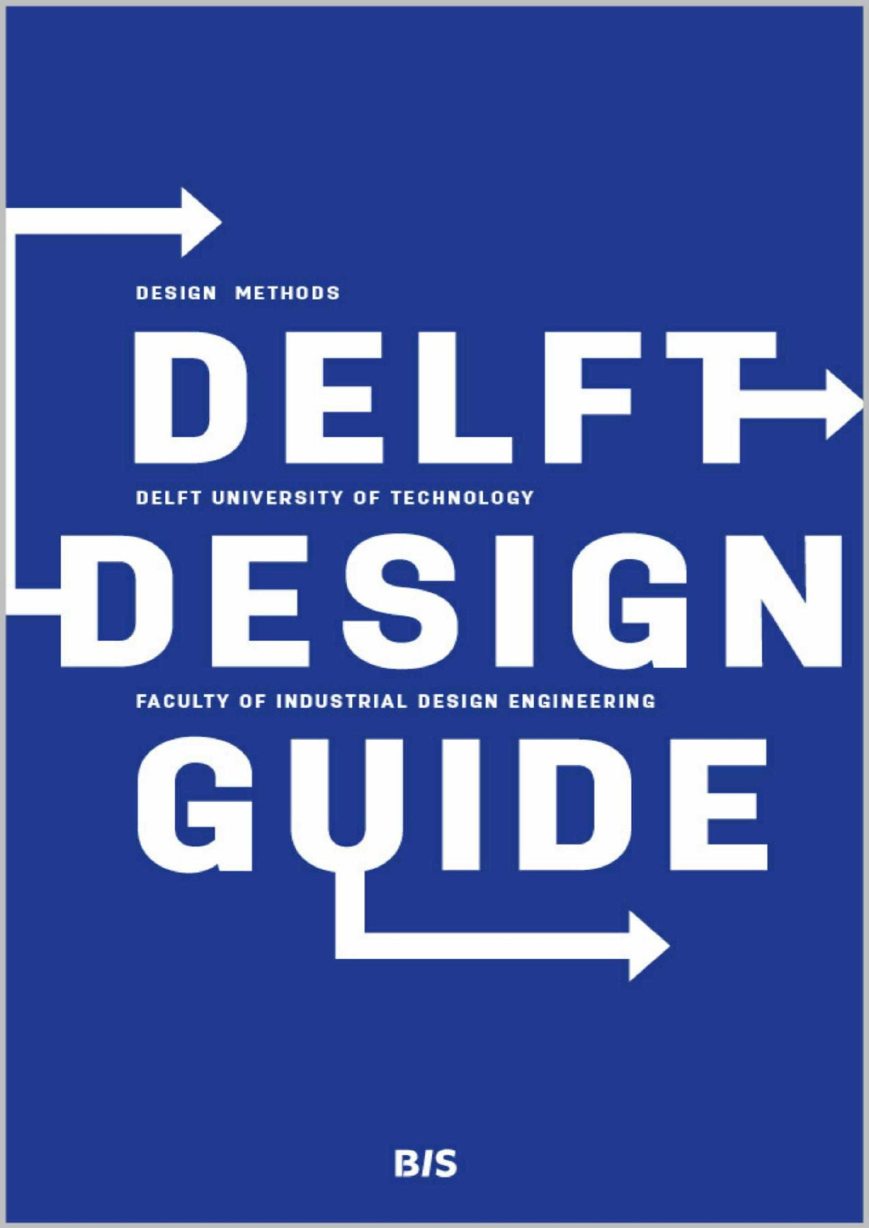
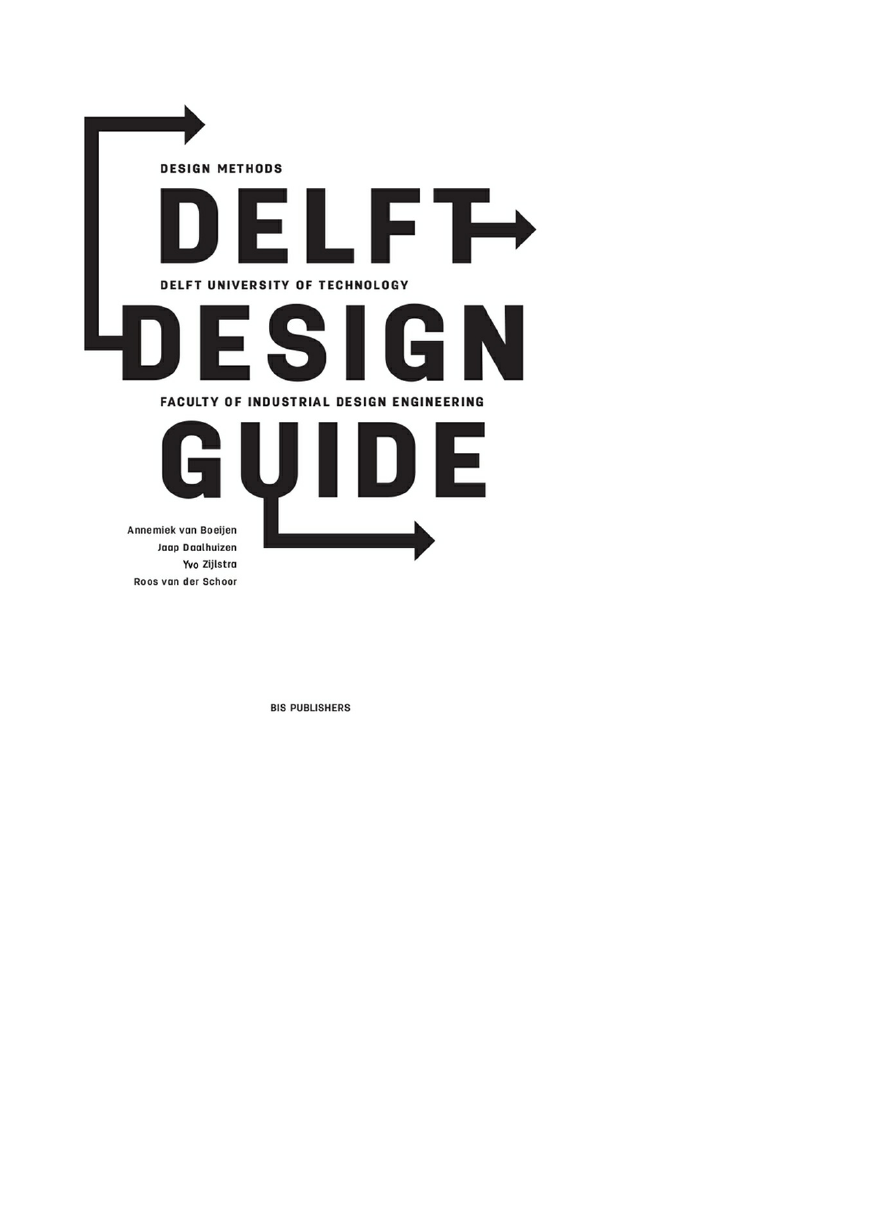
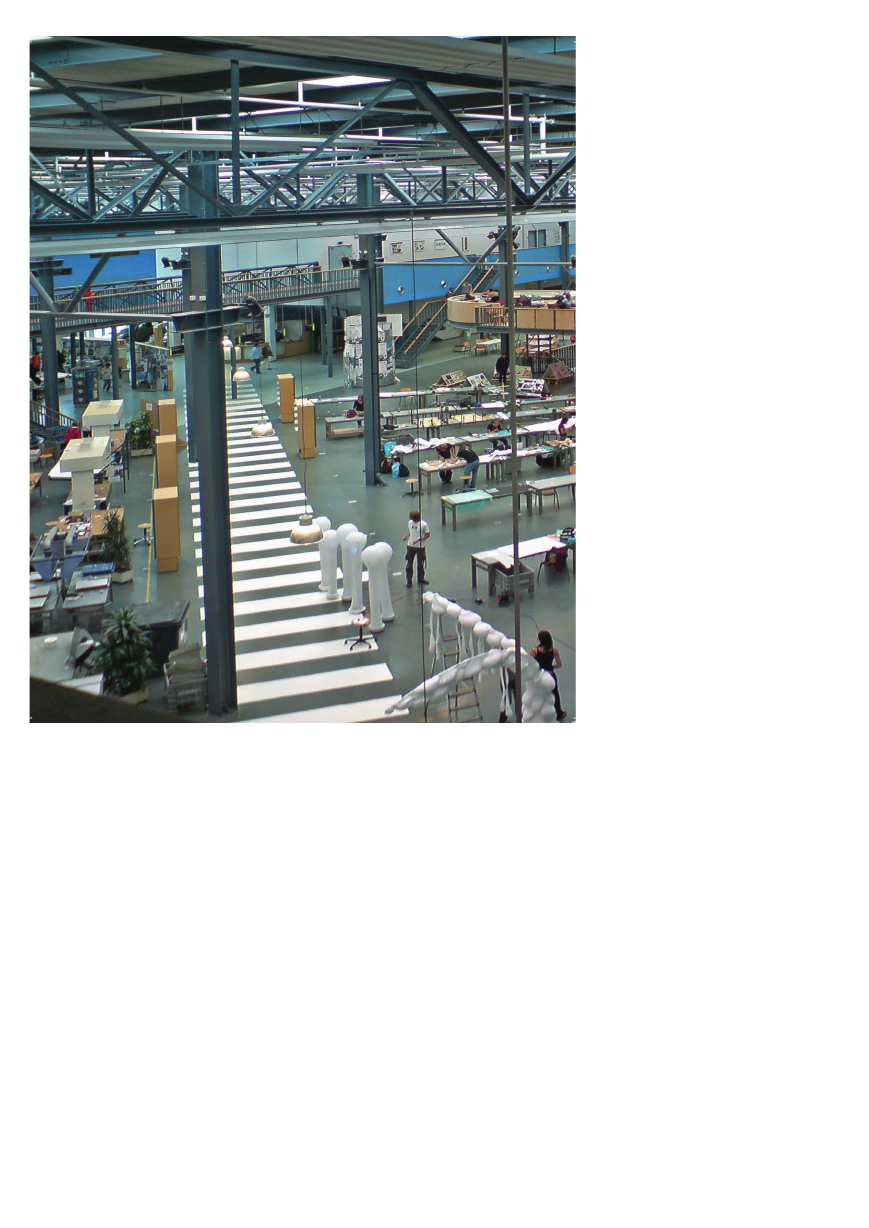
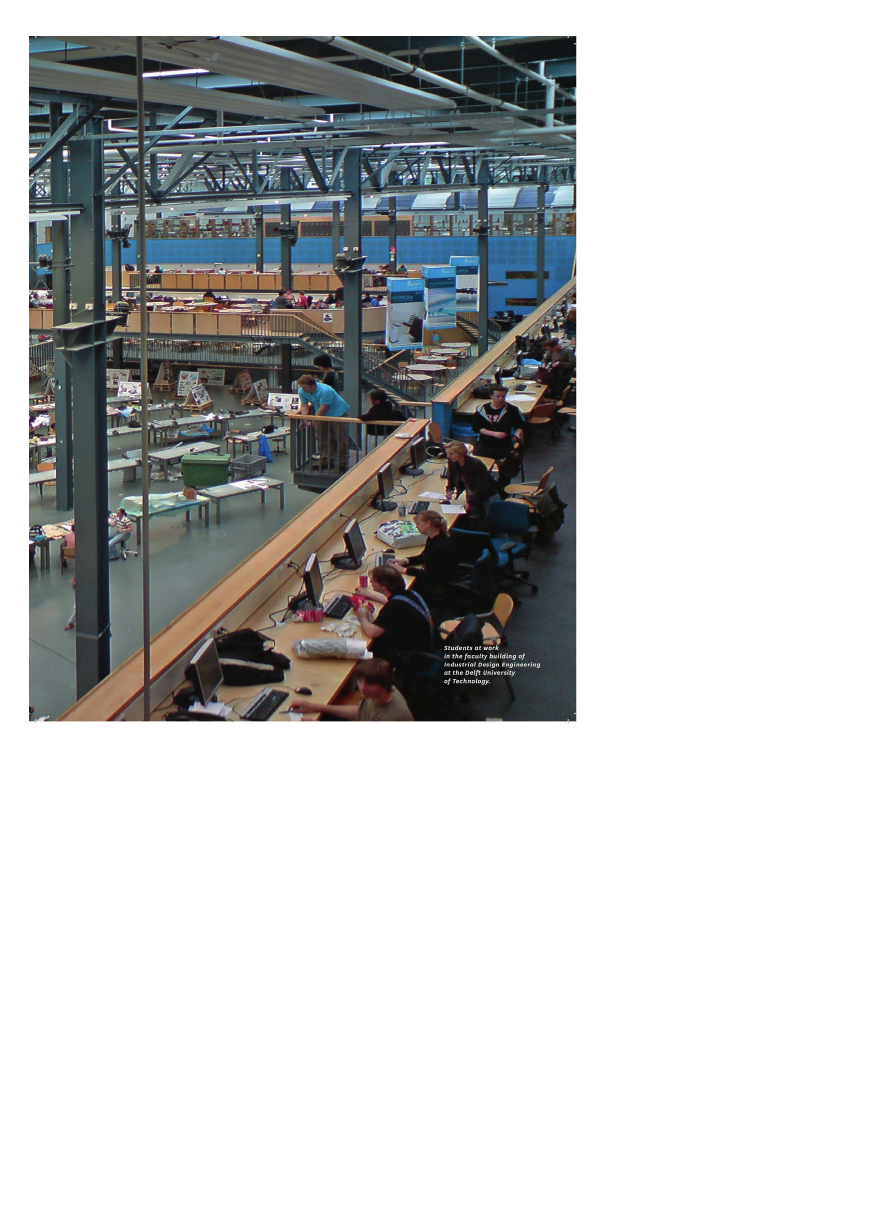
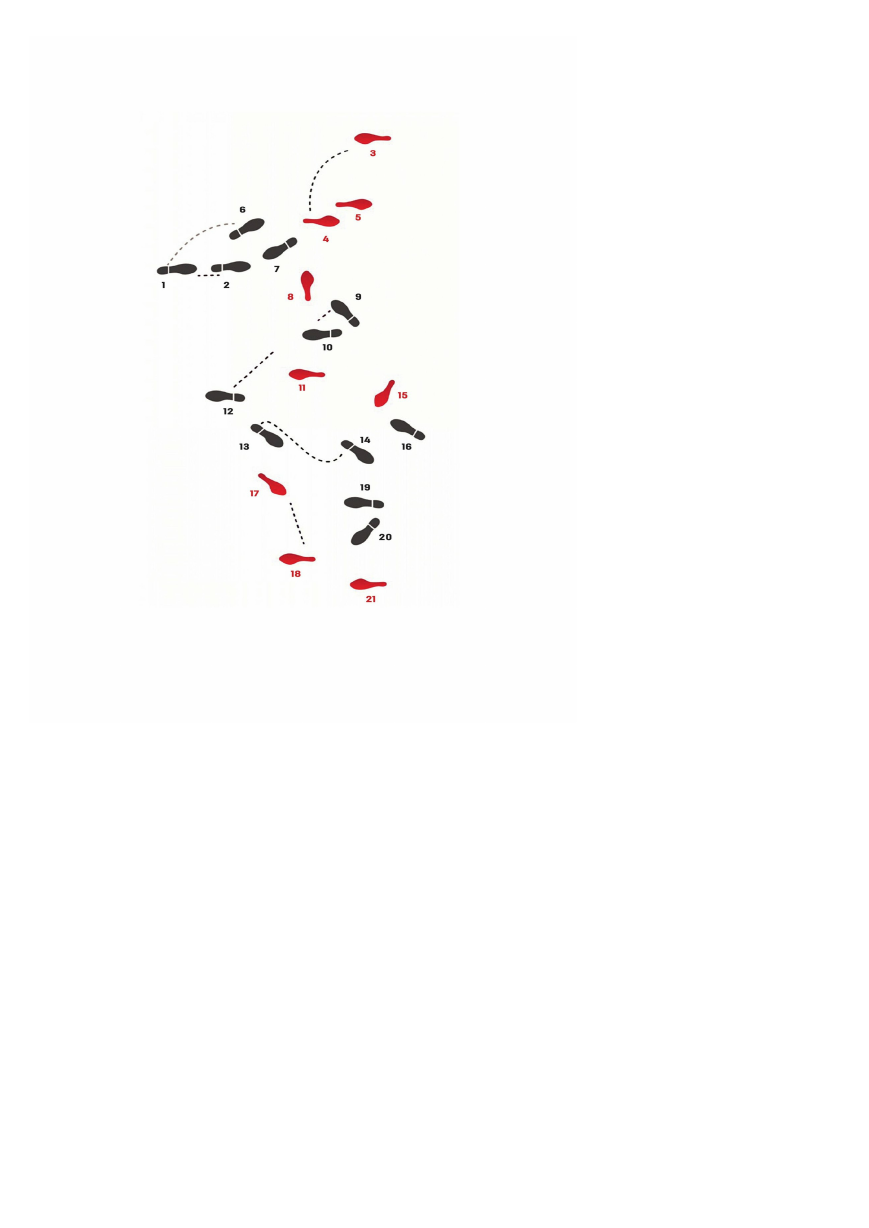
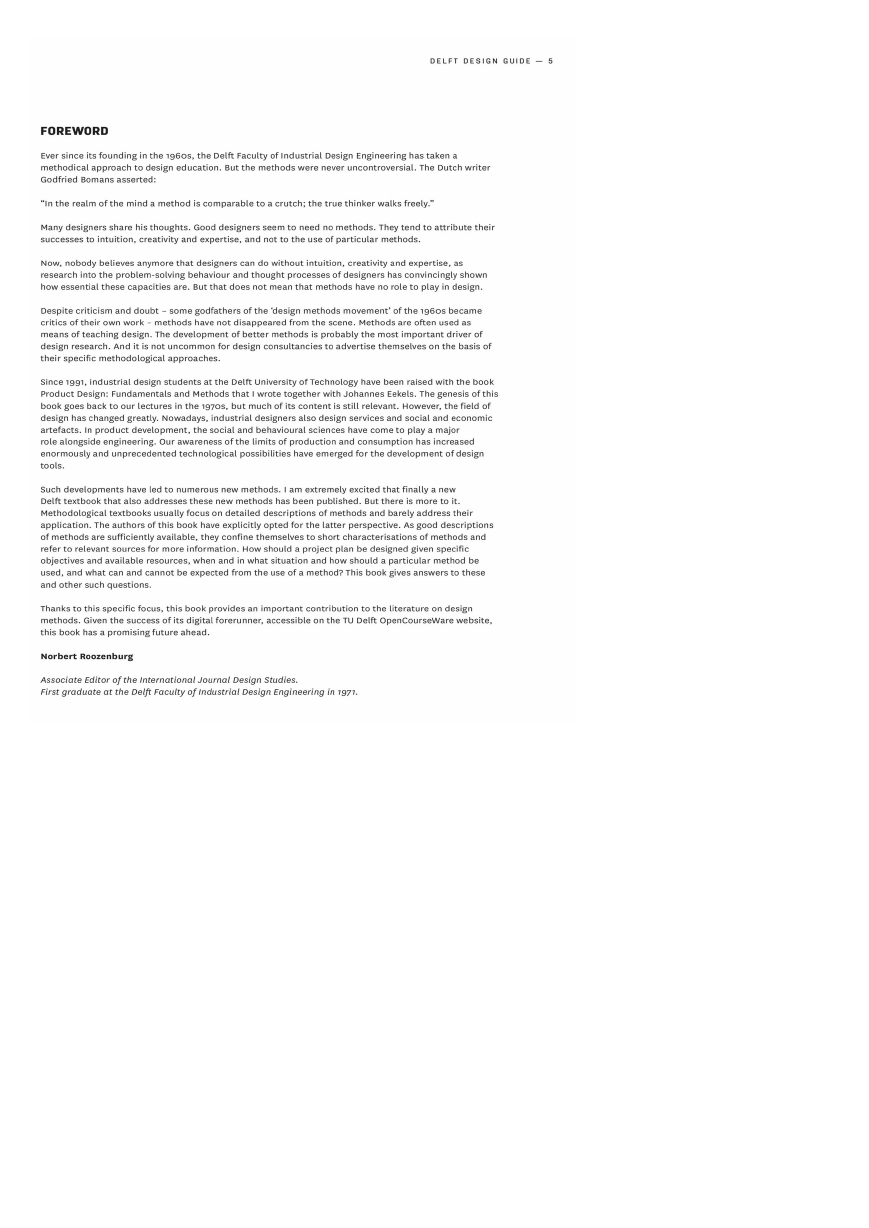
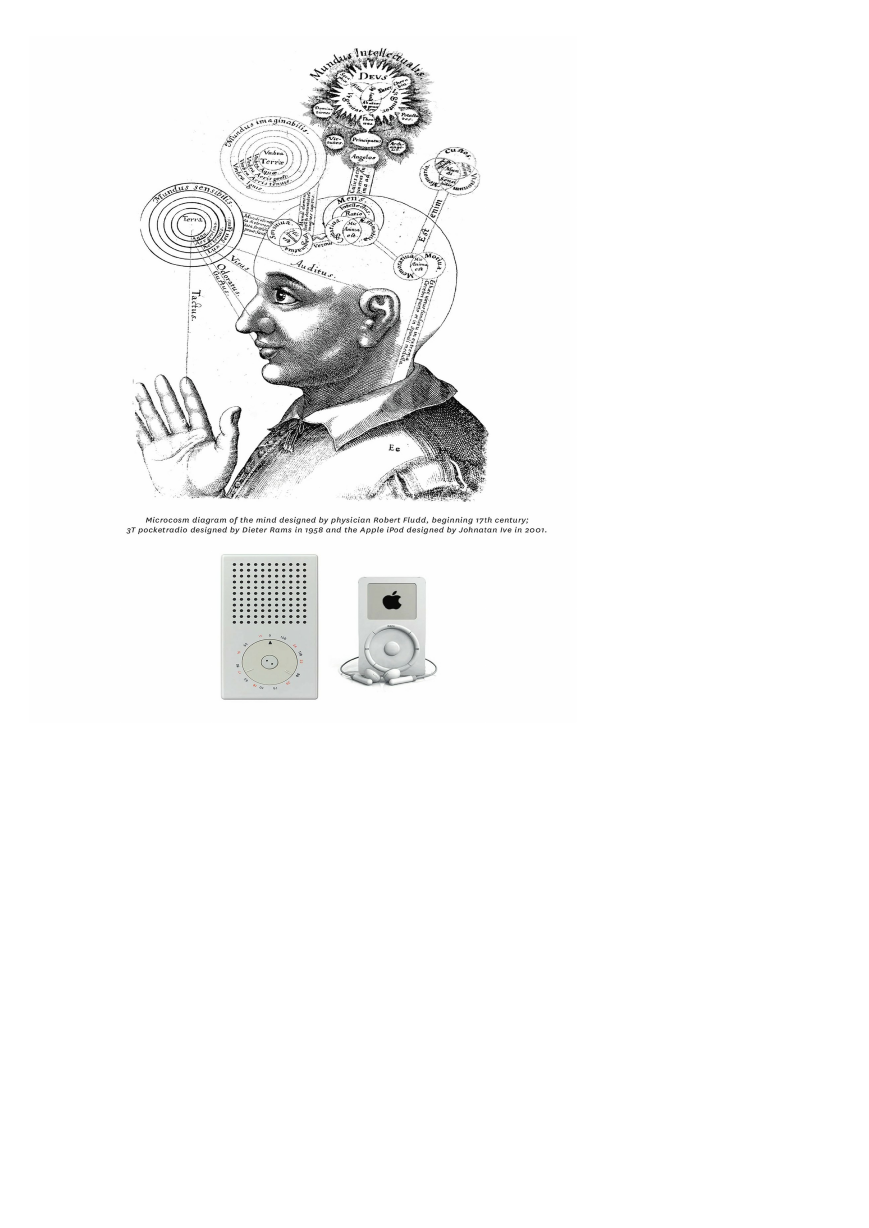
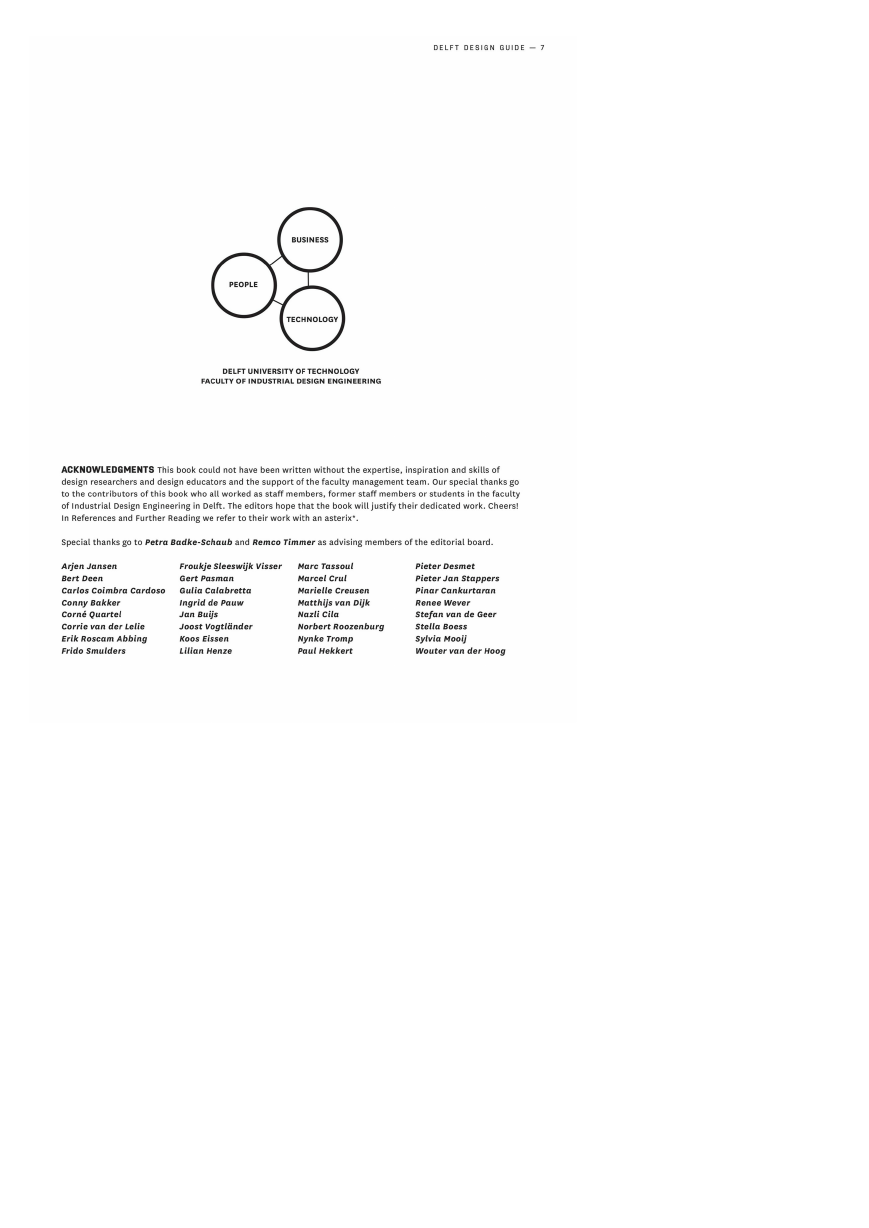








 2023年江西萍乡中考道德与法治真题及答案.doc
2023年江西萍乡中考道德与法治真题及答案.doc 2012年重庆南川中考生物真题及答案.doc
2012年重庆南川中考生物真题及答案.doc 2013年江西师范大学地理学综合及文艺理论基础考研真题.doc
2013年江西师范大学地理学综合及文艺理论基础考研真题.doc 2020年四川甘孜小升初语文真题及答案I卷.doc
2020年四川甘孜小升初语文真题及答案I卷.doc 2020年注册岩土工程师专业基础考试真题及答案.doc
2020年注册岩土工程师专业基础考试真题及答案.doc 2023-2024学年福建省厦门市九年级上学期数学月考试题及答案.doc
2023-2024学年福建省厦门市九年级上学期数学月考试题及答案.doc 2021-2022学年辽宁省沈阳市大东区九年级上学期语文期末试题及答案.doc
2021-2022学年辽宁省沈阳市大东区九年级上学期语文期末试题及答案.doc 2022-2023学年北京东城区初三第一学期物理期末试卷及答案.doc
2022-2023学年北京东城区初三第一学期物理期末试卷及答案.doc 2018上半年江西教师资格初中地理学科知识与教学能力真题及答案.doc
2018上半年江西教师资格初中地理学科知识与教学能力真题及答案.doc 2012年河北国家公务员申论考试真题及答案-省级.doc
2012年河北国家公务员申论考试真题及答案-省级.doc 2020-2021学年江苏省扬州市江都区邵樊片九年级上学期数学第一次质量检测试题及答案.doc
2020-2021学年江苏省扬州市江都区邵樊片九年级上学期数学第一次质量检测试题及答案.doc 2022下半年黑龙江教师资格证中学综合素质真题及答案.doc
2022下半年黑龙江教师资格证中学综合素质真题及答案.doc